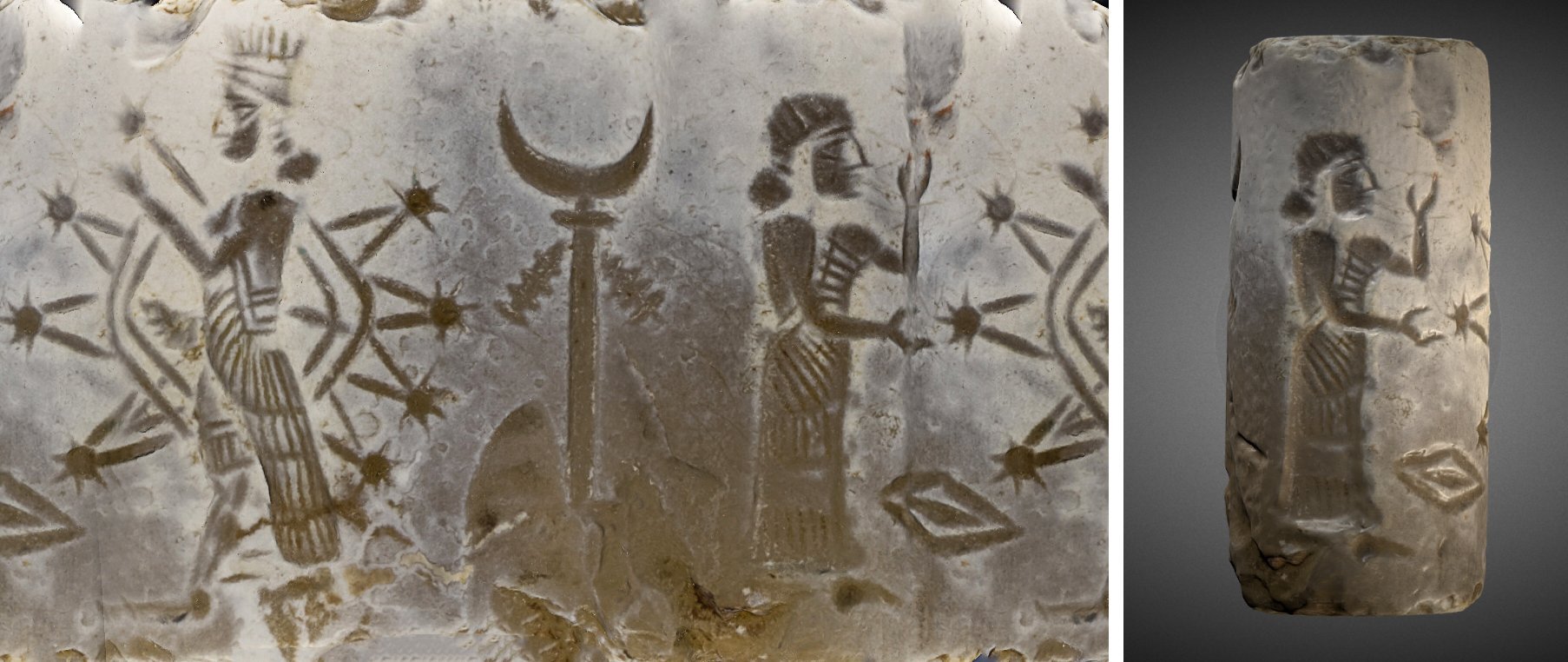Rollout – Peripheral Photography
Rollout is a type of peripheral photography, is a process used to create a two-dimensional photographic image of a three-dimensional object. This process is the photographic equivalent of a cylindrical map projection in cartography. It is used predominantly for the projection of images of cylindrical objects such as vases or ceramic vessels. The objective of this process is to present to the observer a planar representation of the object’s characteristics, most notably the illustrations or artwork extant on the outside surfaces of such vessels. This planar representation is captured using photographic imaging techniques.
It is a specialized photographic technique used primarily in the documentation and study of cylindrical objects, such as ancient vases, pots, and other artifacts. This technique is particularly valuable in the field of cultural heritage.
Technique
Rollout photography involves taking a series of photographs of a cylindrical object while it is rotated incrementally. These photographs are then digitally stitched together to create a single, continuous, flat image that represents the entire circumference of the object. The result is an unwrapped view of the object’s surface, allowing for detailed examination of its decoration, inscriptions, and structural features as if the object had been rolled out flat.
How Does It Work?
1. Setup: The cylindrical object is placed on a motorized turntable or similar apparatus that can rotate it smoothly and incrementally.
2. Photography: A camera is positioned to capture high-resolution images of the object’s surface. As the object rotates, multiple photographs are taken at small angular increments.
3. Stitching: The individual photographs are digitally stitched together using specialized software to create a seamless, continuous image that represents the object’s entire outer surface.
4. Analysis: The resulting rollout image can be analyzed in detail, providing a comprehensive view of the object’s surface decoration, inscriptions, and any wear or damage.
Uses in Cultural Heritage
Rollout photography is particularly valuable in the study and preservation of cultural heritage artifacts for several reasons:
1. Detailed Documentation: It provides a detailed and continuous record of the object’s surface, which is crucial for documentation, research, and conservation purposes.
2. Accessibility: By creating a flat, continuous image, it allows researchers and conservators to examine intricate details without handling the object, reducing the risk of damage.
3. Analysis of Decorations and Inscriptions: Rollout images enable the study of complex decorative patterns and inscriptions that may be difficult to interpret when viewed on the curved surface of the original object.
4. Comparative Studies: Researchers can easily compare the decoration and stylistic features of similar artifacts from different locations or periods.
5. Preservation: High-resolution rollout images serve as a valuable reference for conservation efforts, providing a baseline for monitoring the condition of the object over time.
Examples of Application
– Archaeology: Rollout photography is used to document pottery and other cylindrical artifacts excavated from archaeological sites, aiding in the interpretation of cultural and historical contexts.
– Museums: Museums employ rollout photography to create detailed records of their collections, which can be used for exhibitions, research, and digital archives.
– Restoration: Conservators use rollout images to plan and document restoration work, ensuring that any interventions are well-documented and reversible.
Example: Glazed ceramic Jar. 10×8 cm
Photography: Moshe Caine



